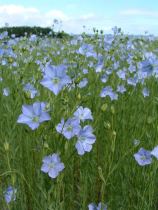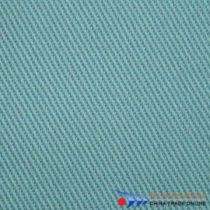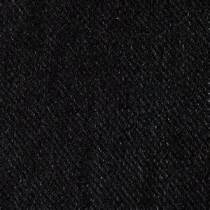LINEN:
 We were told to write about Linen fabric and twill weave we were told to write the introduction to linen fabric and twill weave, findings, history, how it was made and fabric experimentations. Linen is known to have appeared from the oldest of times, woven linen from wild flax is said to have existed as early as 36000 BP. Ancient Egyptians believed that linen was a sign of purity and wealth, they buried their relatives in linen out of respect and believed it was a way to the light. This Textile is processed from fibres of flax plant, It said to be one of the hardest textile to manufacture regardless of this, it is still often used because when is made into garments it is valued for its exceptional freshness and coolness in hot weather. The word “linen” itself is means lightweight undergarment.
We were told to write about Linen fabric and twill weave we were told to write the introduction to linen fabric and twill weave, findings, history, how it was made and fabric experimentations. Linen is known to have appeared from the oldest of times, woven linen from wild flax is said to have existed as early as 36000 BP. Ancient Egyptians believed that linen was a sign of purity and wealth, they buried their relatives in linen out of respect and believed it was a way to the light. This Textile is processed from fibres of flax plant, It said to be one of the hardest textile to manufacture regardless of this, it is still often used because when is made into garments it is valued for its exceptional freshness and coolness in hot weather. The word “linen” itself is means lightweight undergarment.
Linen is one of the most commonly used fabrics; it at times comes in different texture made of cotton, hemp and non-flax fibres. Such linen has its own specific name for example fine cotton yarn in a linen-style weave called Madapolam. A lot of products today are made of linen; things like bags which are use to carry things espeacially used by women, towels which are use after a bath to dry the body, aprons which are used to protect yourself for example from dirt, body and wash towels, bed linens(bed sheets), napkins for weeping the face, linen tablecloth for covering the table it can also be used as a decoration, chair covers and women’s and men’s wear. The cost of linen is based not only on the difficulty of working with the thread, but also on flax plant which is known to take a long time to grow and requires a lot of attention.
Below are pictures of the linen fabric looks like:
TWILL (WEAVE):
Twill weave consists of a pattern of diagonal parallel ribs; it has a weave pattern on one side and smooth on the other, this diagonal line is called wale. This is a kind of textile in contrast with a satin and plain weave. There is a process followed to making twill; one simply passes the weft thread over one or a couple of warp threads and then under some more threads, this goes on continuously. This process has a followed step by step designated which is in fraction, 2/1 which is known as uneven twill and 2/2 which is known as even twill. Some of the examples of twill fabric used today are drill, tweed, and denim.
There is various type of twill weave namely;
- ordinary twills
- broken twills
- zig zag twills
- broken twills
- combination twills
- rearranged twills such as satin
- figured twills
All these different twill weaves are varied by the different wefts and wraps used during the process of making the weave. It has been noted that stains are less noticeable in twills than flat, smooth plain weaves; denim is an example of this. The interlacing allows the yarns to move freely and this makes it easier for wrinkles to come out when ironed. I personally find Twill weaves fascinating, the pattern and the way the wefts and wraps come together to form a beautiful pattern.
Below are pictures of twill weave:



